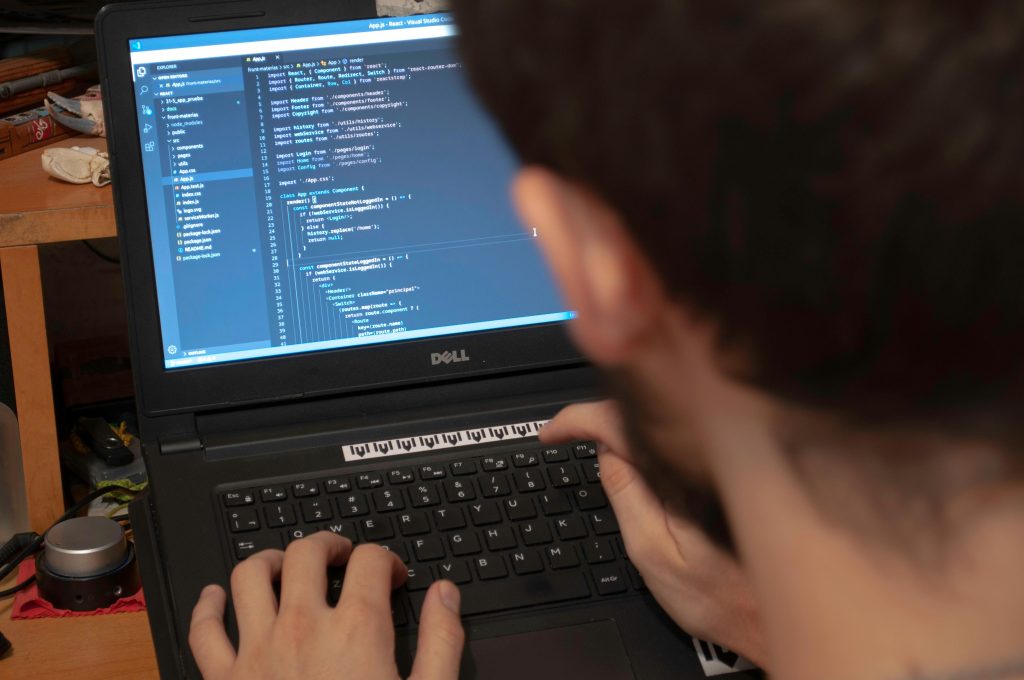Effective Methods to Reset Your Windows PC Without Using Built-In Settings
Resetting your Windows PC can often resolve persistent issues, improve performance, or prepare the device for a new user. However, there are times when the standard reset procedure via Windows Settings may not work due to system errors or corruption. If you’re encountering difficulties such as “Recovery Environment could not be found” or “Error: B7,” and prefer to reset your system using alternative methods, this guide offers step-by-step solutions to help you achieve a clean reset without relying on Windows’ built-in settings.
Common Challenges When Resetting Windows
Many users face issues during system reset processes, including:
- The Recovery Environment (Windows RE) being inaccessible or missing.
- Errors related to the recovery image not being found.
- Command-line errors such as “Error: B7” when attempting to enable or repair Windows RE.
- Persistent system corruption that prevents standard recovery options.
In such cases, leveraging a recovery USB drive or using Advanced Startup Options can be effective alternatives.
Preparing for a Reset Using a Recovery USB Drive
If your system’s built-in reset tool is unavailable or faulty, using a bootable recovery USB drive is a practical approach. Ensure you have a USB drive with at least 8GB of free space and access to a working Windows system to create this media.
Steps to Create a Bootable Recovery USB:
- Download Windows Media Creation Tool
-
Visit the official Microsoft website and download the Windows Media Creation Tool.
-
Create the Bootable Drive
- Insert your USB drive.
- Run the Media Creation Tool and select Create installation media for another PC.
- Choose the appropriate language, edition, and architecture.
- Select USB flash drive as the destination.
-
Follow the prompts to complete the creation process.
-
Boot from the Recovery USB
- Insert the USB into the affected PC.
- Restart your computer and access the BIOS/UEFI firmware settings (commonly by pressing F2, F12, Delete, or Esc during startup).
- Set the USB drive as the primary boot device.
- Save changes and boot from the USB.
Performing a Clean Reset or Reinstallation
Once booted from the recovery media, you have a few options to reset or reinstall Windows:
1. Access Advanced Troubleshooting Options
Share this content:



